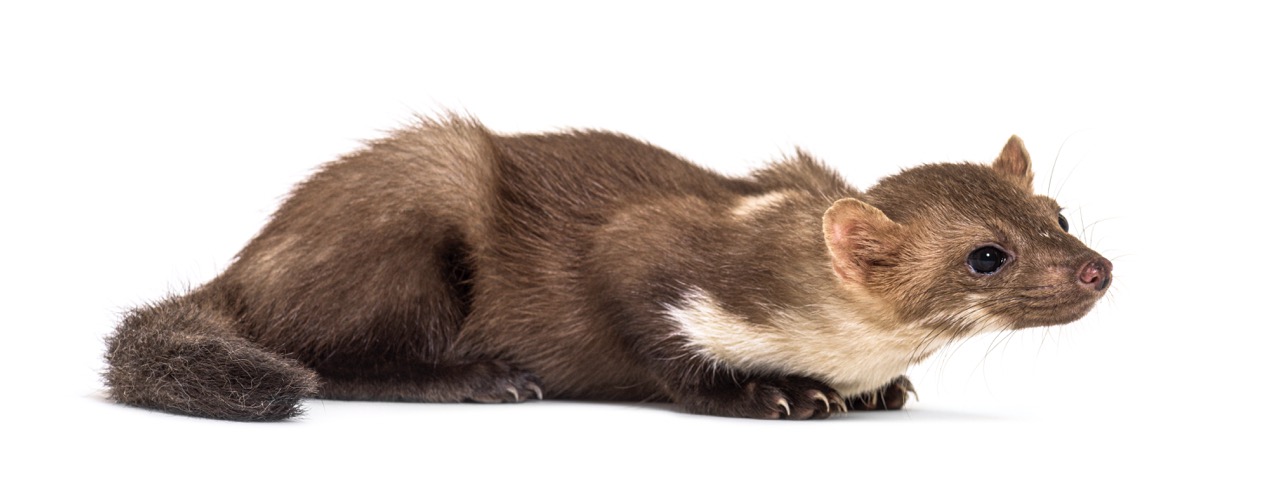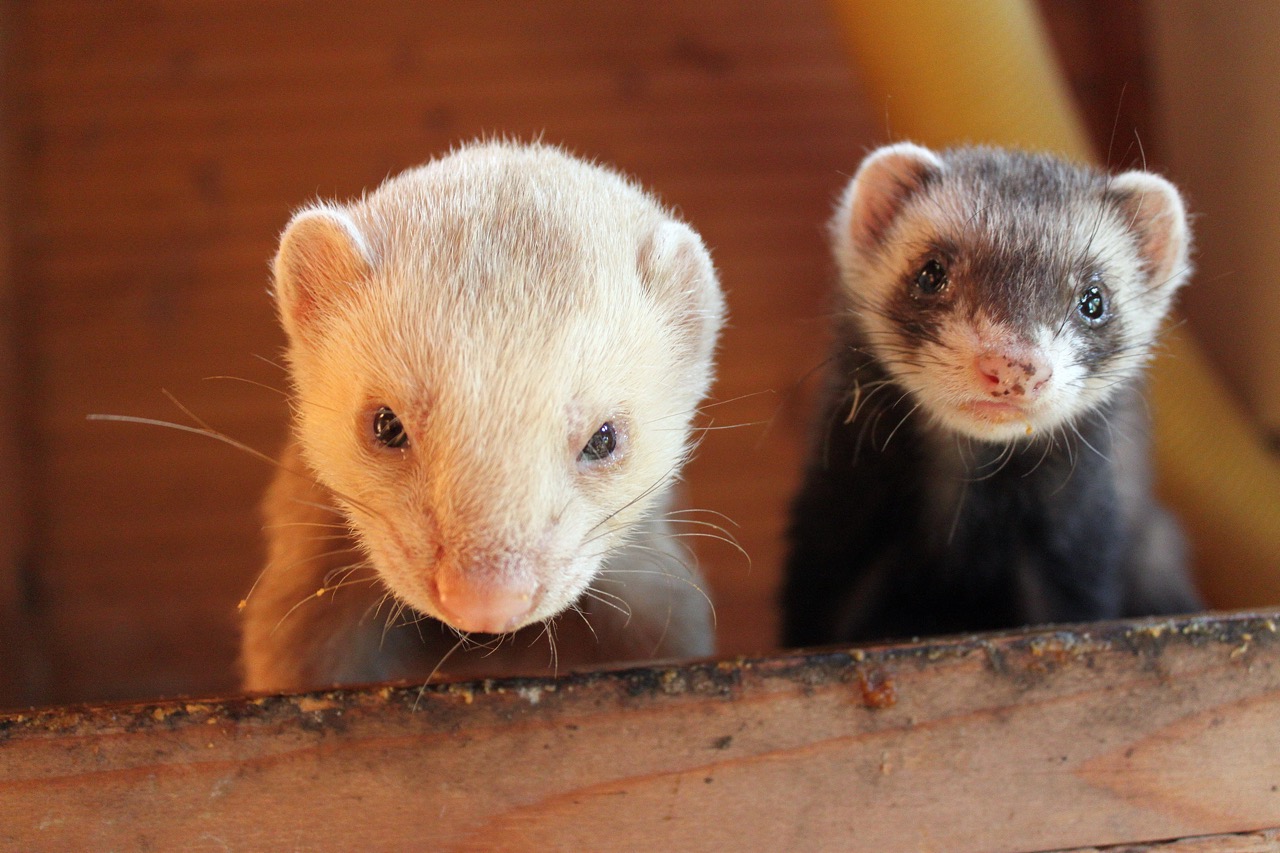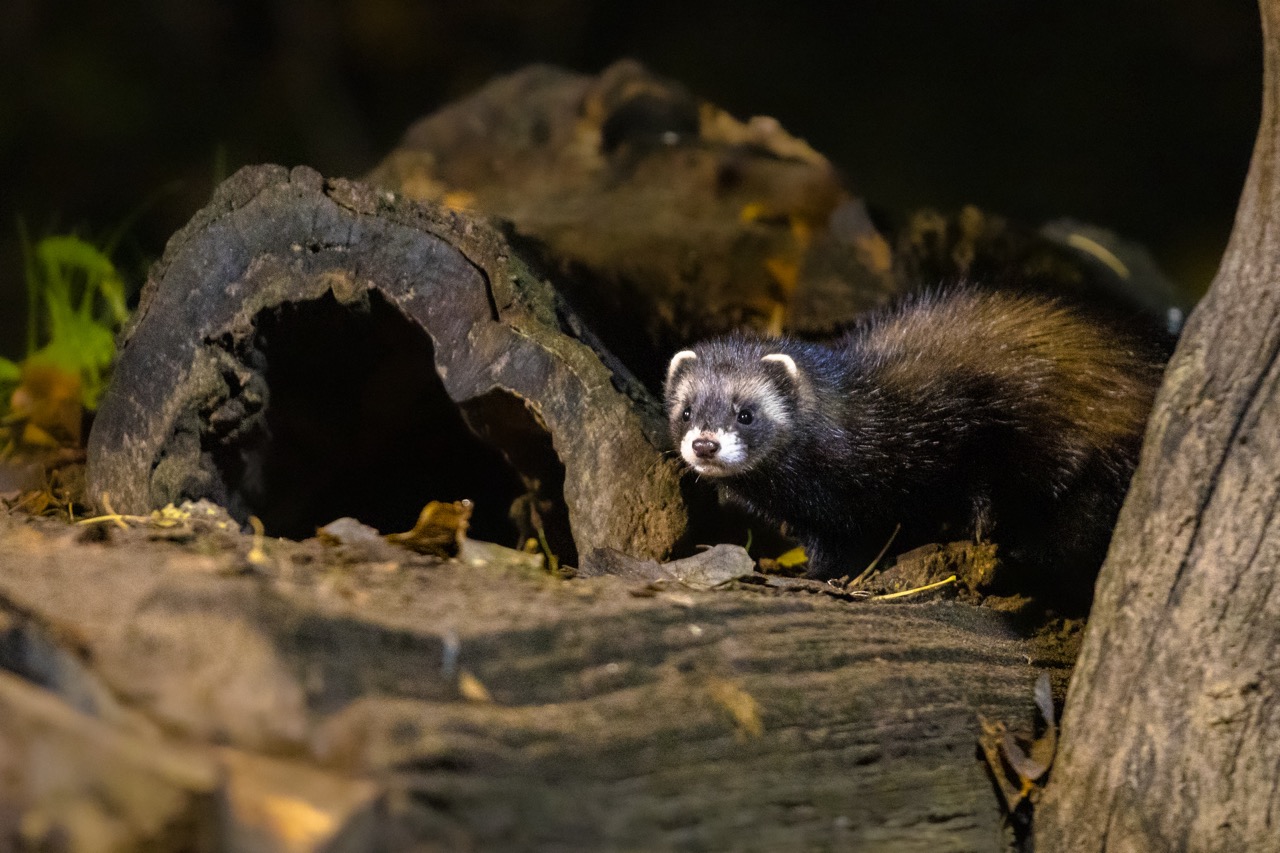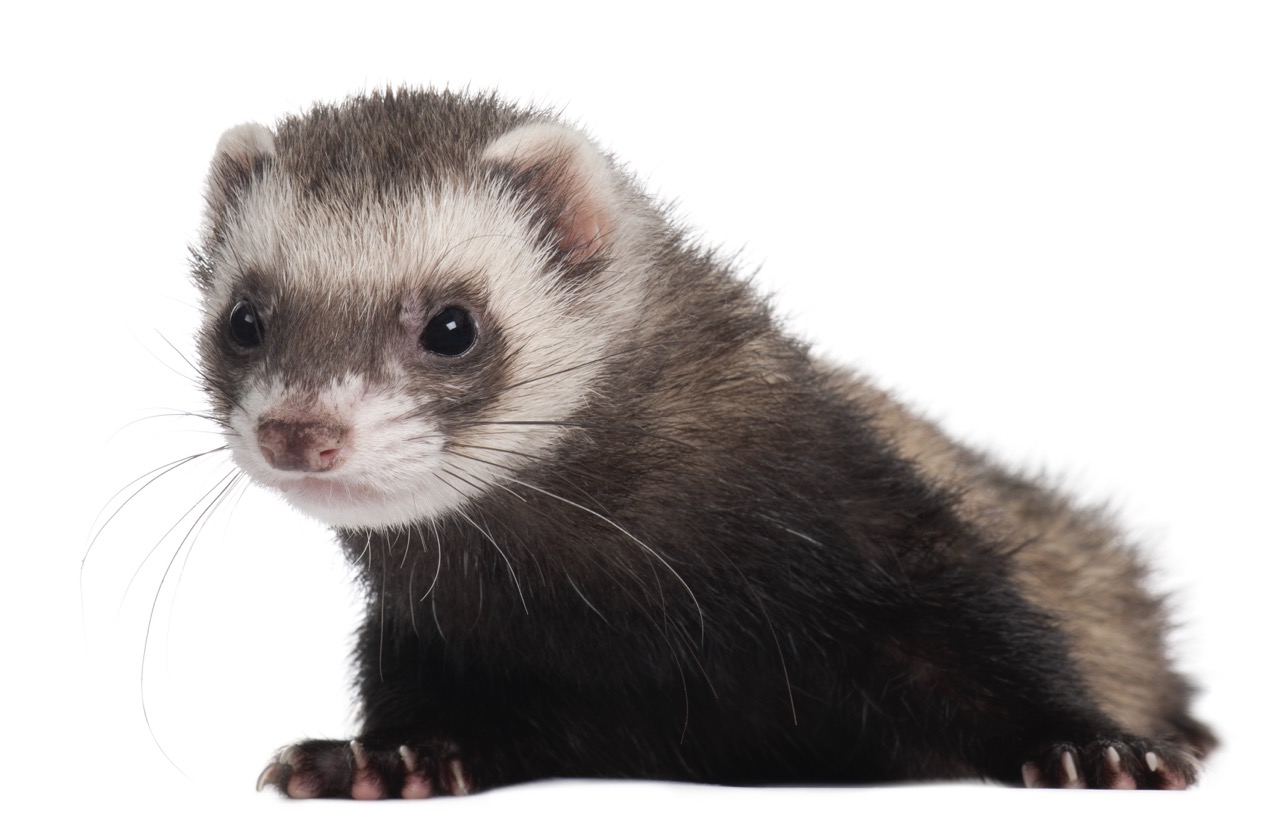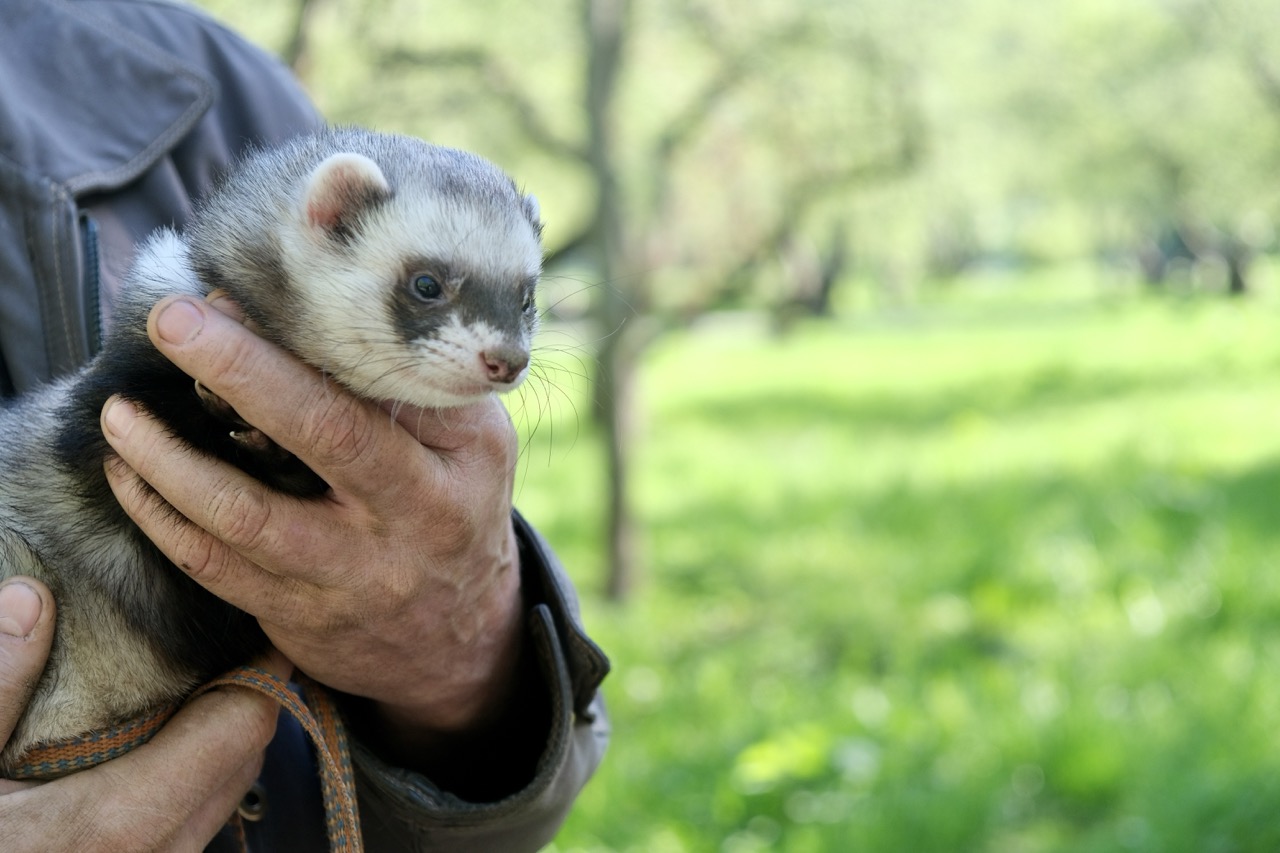Creating a safe outdoor area for your ferret is essential for their well-being and enrichment. Ferrets are curious, active, and social animals that thrive on exploration and play. However, the great outdoors also pose potential hazards, making it crucial for pet owners to design a secure environment where their ferrets can enjoy fresh air and sunshine without compromising their safety. This article will guide you through understanding ferret behavior and safety needs, essential design considerations, suitable materials and structures to use, and tips for effective monitoring and maintenance of your ferret’s outdoor space.
Understanding Ferret Behavior and Outdoor Safety Needs
Ferrets are natural explorers and possess a high energy level, which makes them eager to investigate any new environment. Their playful antics and innate curiosity mean they can easily find ways to escape or get into trouble if not properly supervised. Understanding these behaviors is the first step in creating a safe outdoor space. Ferrets love to dig, climb, and burrow, so an environment that allows for these behaviors, while still maintaining safety, is essential.
Moreover, ferrets are susceptible to temperature extremes. They can easily overheat in warm weather or become cold and lethargic in extreme cold. Therefore, it’s important to consider appropriate shading and shelter options in the outdoor area. Also, ferrets can be preyed upon by larger animals, including birds of prey and stray dogs, making it crucial to design a space that protects them from potential threats.
Finally, socialization is key to a ferret’s mental health. While they enjoy outdoor exploration, they also thrive when they are with their human companions. Interacting with your ferret during outdoor playtime can strengthen your bond and ensure they feel safe and secure in their environment. This understanding of ferret behavior and needs is foundational as you embark on creating a safe outdoor area for your furry friend.
Essential Considerations for Designing a Ferret-Friendly Space
When designing an outdoor area for your ferret, the first consideration is security. The enclosure must have sturdy walls and a secure roof to prevent escape or intrusion by predators. A fence should be buried at least a foot underground to thwart digging attempts. It’s also advisable to use materials that are not only strong but also safe for ferrets, avoiding anything that could cause injury or be toxic.
Additionally, the layout of the area should include various enrichment features. Ferrets love to climb, hide, and explore. Items like tunnels, ramps, and play structures can enhance their outdoor experience. Creating zones within the space can provide different activities, such as a shaded lounging area, a digging pit, and climbing structures, keeping your ferret engaged and stimulated while outdoors.
Finally, it’s critical to consider accessibility and comfort. Ensure that the area is easily accessible for you to interact with your ferret and to clean or maintain the space. Provide adequate shade and water stations to keep your ferret comfortable, especially during warmer months. An environment that promotes both safety and enjoyment will contribute significantly to your ferret’s overall quality of life.
Materials and Structures for a Secure Outdoor Environment
Choosing the right materials for your ferret’s outdoor enclosure is paramount. Durable fencing, such as welded wire or chain link, creates a strong barrier against unwanted intruders and prevents escape. Ensure that the gaps in the fencing are small enough to prevent ferrets from squeezing through. A solid roof made of wood or metal will protect your ferret from aerial predators and harsh weather conditions.
Another essential structure is a secure and insulated shelter where your ferrets can retreat and feel safe. This shelter should provide protection from rain, wind, and extreme temperatures. Using non-toxic materials like untreated wood or plastic that is safe for pets can create a cozy and inviting space. Additionally, consider adding bedding or soft materials inside the shelter for their comfort.
Moreover, incorporating safe outdoor toys and tunnels can enhance the environment. Look for products specifically designed for ferrets, as they tend to be durable and non-toxic. Avoid any small items that can be swallowed or chewed apart. By using the right materials and creating thoughtful structures, you can ensure a secure and enjoyable outdoor area for your ferret.
Tips for Monitoring and Maintaining Your Ferret’s Area
Regular monitoring of your ferret’s outdoor area is crucial for their safety. Schedule daily checks to ensure that the fencing remains intact, and there are no signs of wear or damage. Look for potential escape routes and address any new digging or climbing behaviors you observe. Also, keep an eye out for pests or predators that could pose a threat to your ferret when they are outdoors.
In addition to security, maintaining cleanliness is essential for your ferret’s health. Regularly remove any waste, as ferrets are prone to urinary tract infections if they are exposed to unsanitary conditions. Washing the shelter and cleaning the toys will help prevent the buildup of bacteria and ensure a hygienic environment. You may want to establish a cleaning routine to help you stay on top of maintenance tasks, ideally after each outdoor session.
Lastly, it’s beneficial to have a contingency plan in place in case of emergencies. Familiarize yourself with local wildlife that may pose a threat to your ferret and prepare for unexpected weather changes. Having a quick-access indoor area or travel crate can help you swiftly bring your ferret indoors if necessary. This proactive approach will not only help ensure your ferret’s safety but also provide peace of mind for you as a responsible pet owner.
Creating a ferret-safe outdoor area is a rewarding endeavor that allows your ferret to experience the joys of nature while minimizing risks. By understanding their behavior and safety needs, carefully designing a secure environment, selecting appropriate materials, and maintaining the area diligently, you can ensure your ferret enjoys a safe and enriching outdoor experience. Remember, your ferret’s well-being is a combination of safety, comfort, and mental stimulation, all of which can be achieved through thoughtful planning and regular care. With these guidelines, you can feel confident in providing a delightful outdoor haven for your furry companion.






